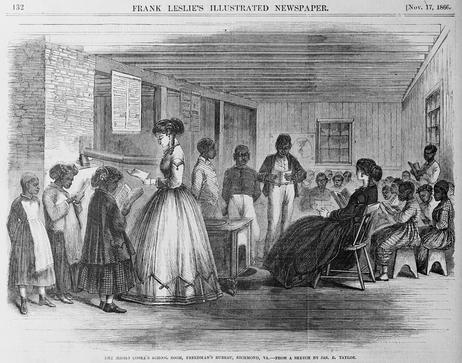Segregation in K-12 education has been a persistent issue throughout American history, with its roots tracing back to the Colonial Era. This essay examines the origins of segregation in K-12 education during that time and explores the differential treatment experienced by Native American, African American, and white students. By delving into the historical context and citing relevant sources, we can better understand how educational disparities based on race and ethnicity were established and perpetuated.
The Post-Revolutionary War Era marked a critical period in American history when the foundations of segregation in K-12 education were solidified. This essay delves into the historical context of this era and explores the consolidation of racial disparities in education. By examining the policies, attitudes, and events that shaped educational segregation, we can gain insights into the enduring consequences of this era.
The transition from Colonial to State Control
The Emergence of State Control over Education
With the end of the Revolutionary War, control over education shifted from colonial and religious institutions to state governments. This transition facilitated the consolidation of power in shaping educational policies.
Early State Laws and Segregated Education
Many states enacted laws during this era that explicitly segregated education based on race. For example, Massachusetts passed a law in 1789 requiring the establishment of racially separate schools, perpetuating educational disparities.
Expanding Racial Disparities in Education
Limited Educational Opportunities for African-American Students
African-American students faced severe limitations in accessing formal education. Many southern states enacted laws that explicitly prohibited the






















